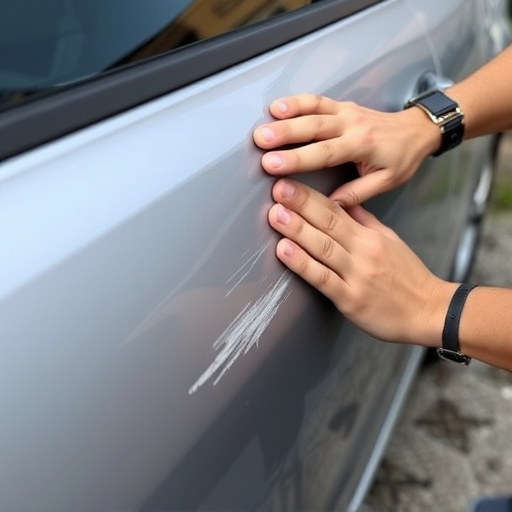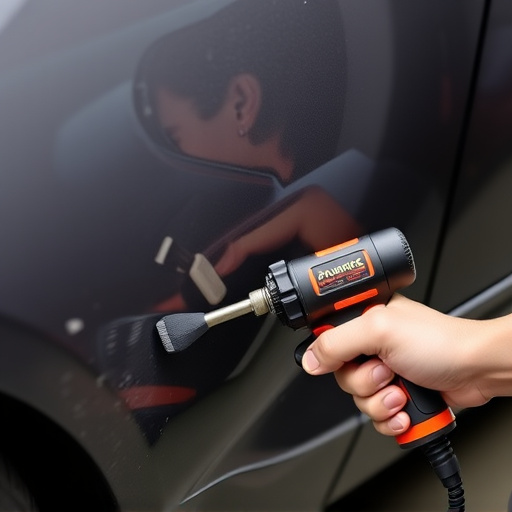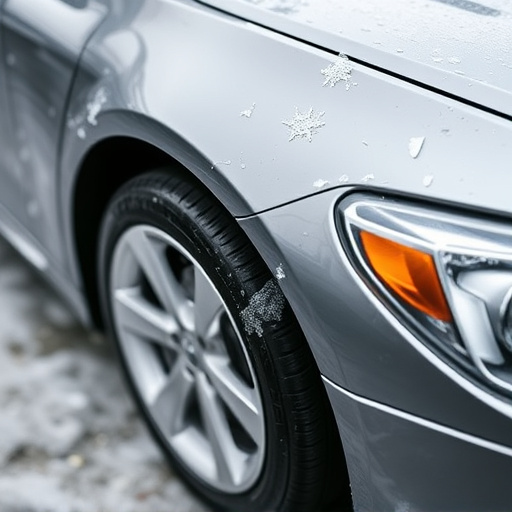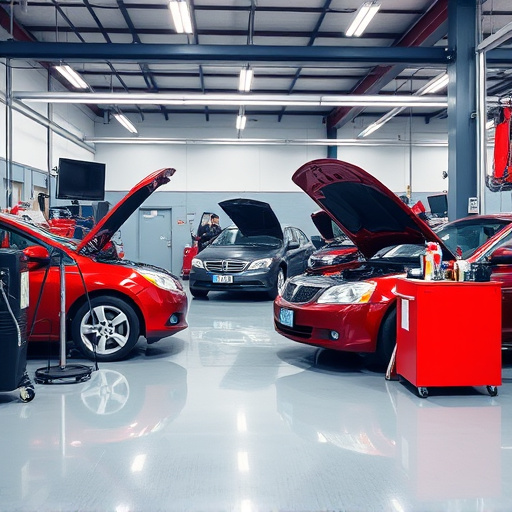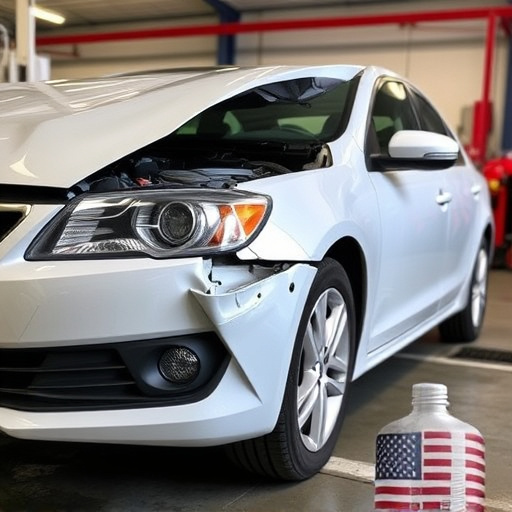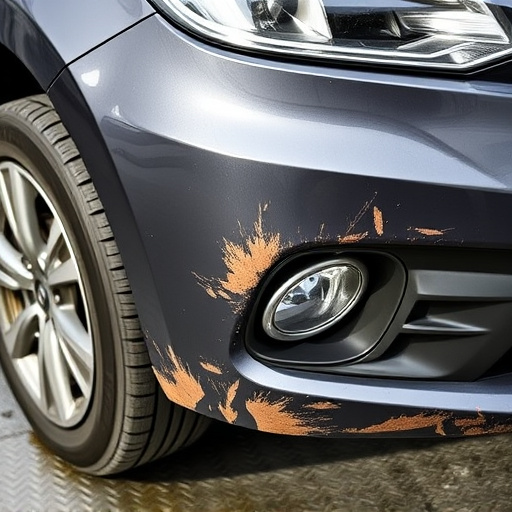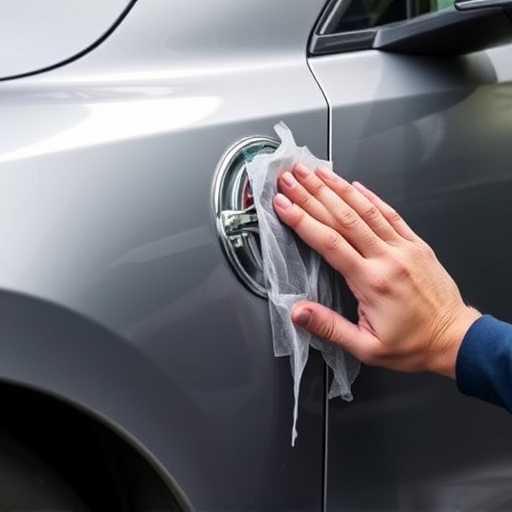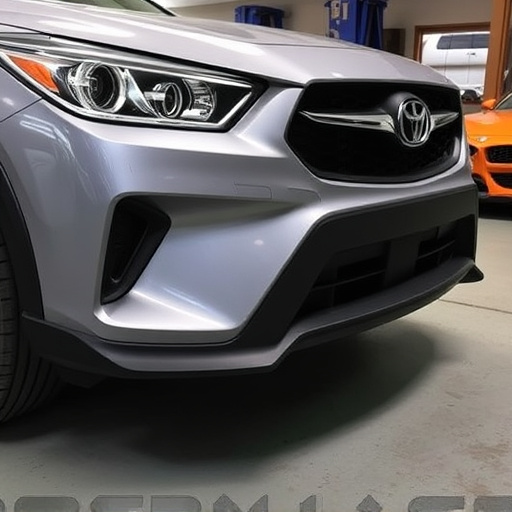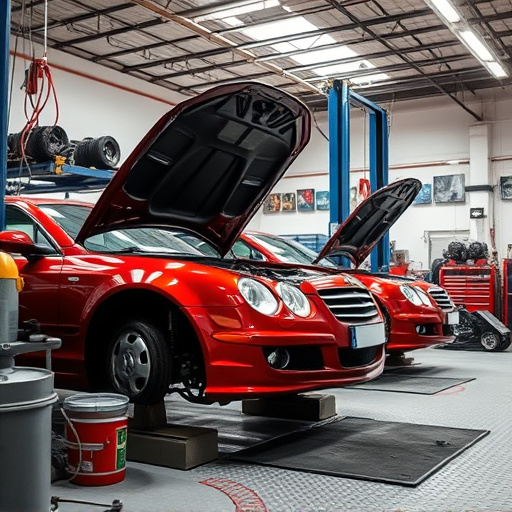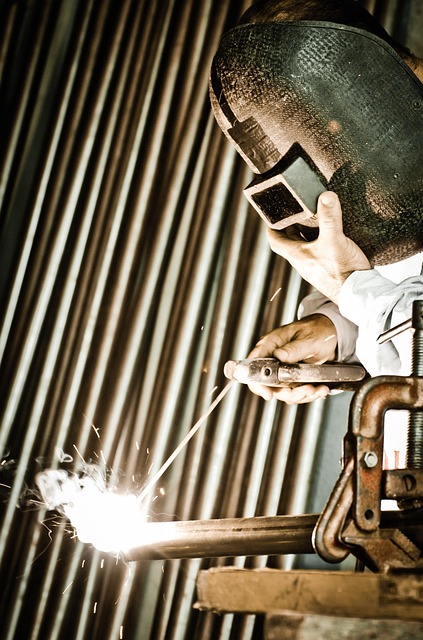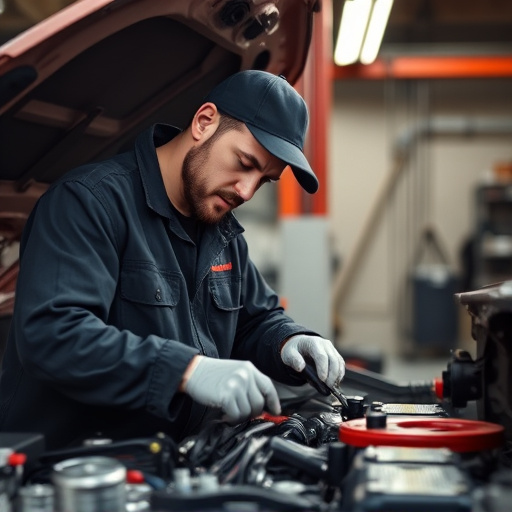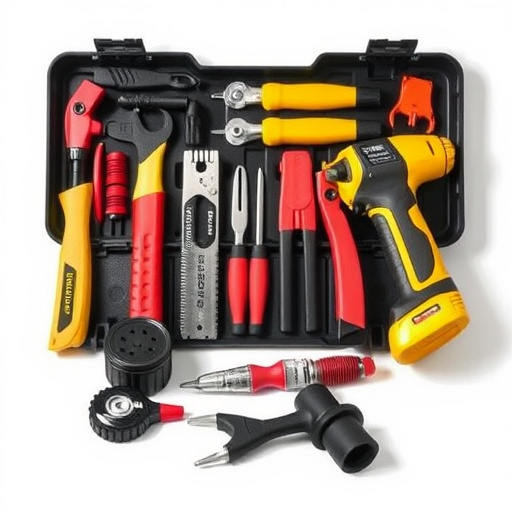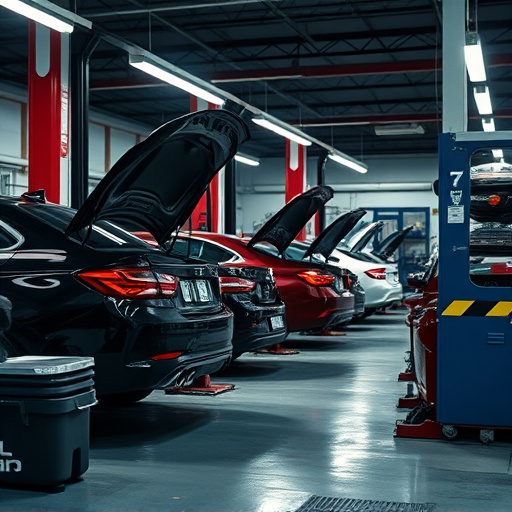Tesla major structural repair challenges arise from their electric vehicle architecture, contrasting traditional ICE cars. Specialized techniques are required to integrate energy systems and battery packs while maintaining structural integrity. High-strength steel (HSS) is key for repairs, offering unparalleled strength, durability, corrosion resistance, and impact resilience compared to traditional metals. Advanced welding methods and careful disassembly/reassembly ensure safety, alignment, and adherence to Tesla's unique design standards, restoring vehicles to like-new condition.
“Tesla vehicles, renowned for their cutting-edge technology and sleek design, face unique challenges when it comes to Tesla major structural repair. This article explores innovative solutions, particularly the application of high-strength steel (HSS), revolutionizing the repair process.
We delve into the intricacies of understanding Tesla’s structural repair challenges, highlighting the need for robust and lightweight materials. Then, we present a step-by-step guide to using HSS for major repairs, showcasing an efficient and effective approach to restoring these electric vehicles to their optimal state.”
- Understanding Tesla's Structural Repair Challenges
- High-Strength Steel: A Revolutionary Solution
- Step-by-Step Major Repair Process Using HSS
Understanding Tesla's Structural Repair Challenges
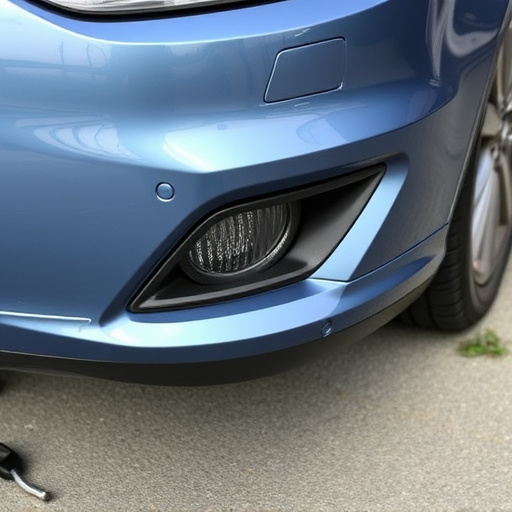
Tesla vehicles are renowned for their innovative technology and sleek design, but like any other car, they face unique challenges when it comes to structural repairs. Understanding Tesla’s major structural repair requirements starts with acknowledging the differences between their advanced electric vehicle (EV) architecture and traditional internal combustion engine (ICE) cars. The absence of an engine compartment in EVs means that collision damage repair is more complex, as energy distribution systems, battery packs, and other components are often integrated into the body structure. This necessitates specialized techniques to ensure structural integrity while accommodating the EV’s unique design considerations.
Automotive repair for Tesla models requires a meticulous approach to handle various types of collision damage repair, from minor dents and scratches to more severe crumple zones. High-strength steel is a key material in addressing these challenges, as it offers lightweight strength without compromising safety. By employing advanced welding techniques and precision engineering, Tesla can make their vehicles stronger and more resilient, ensuring that even major structural repairs maintain the vehicle’s performance and efficiency. This commitment to structural integrity is crucial for the long-term reliability and safety of Tesla cars, setting them apart in a competitive market where collision damage repair is an increasingly significant topic.
High-Strength Steel: A Revolutionary Solution
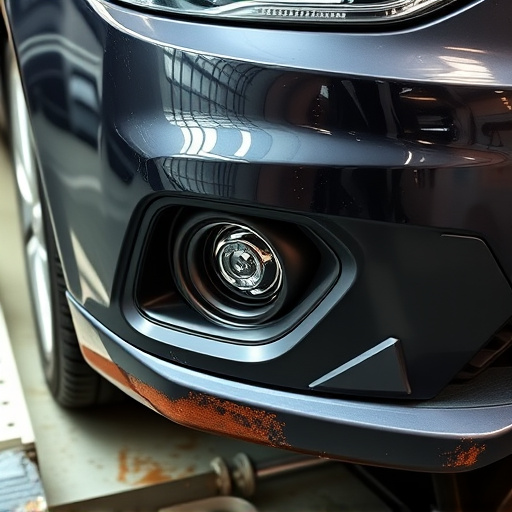
High-Strength steel has emerged as a revolutionary solution in Tesla major structural repair, transforming the landscape of auto repairs. This advanced material offers unparalleled strength and durability compared to traditional metals, enabling more complex and intricate repairs for car bodywork. Its high tensile strength means that even in the event of significant damage, such as severe crash impacts or extensive denting, the structural integrity of the vehicle can be restored without compromising safety.
This innovative steel is particularly advantageous when it comes to tasks like auto glass replacement and scratch repair. Its exceptional resistance to corrosion and impact makes it a reliable choice for ensuring long-lasting results in these and other repairs. By leveraging high-strength steel techniques, automotive professionals are now equipped to handle even the most challenging Tesla structural repairs, enhancing safety and customer satisfaction while reducing the need for costly replacements.
Step-by-Step Major Repair Process Using HSS
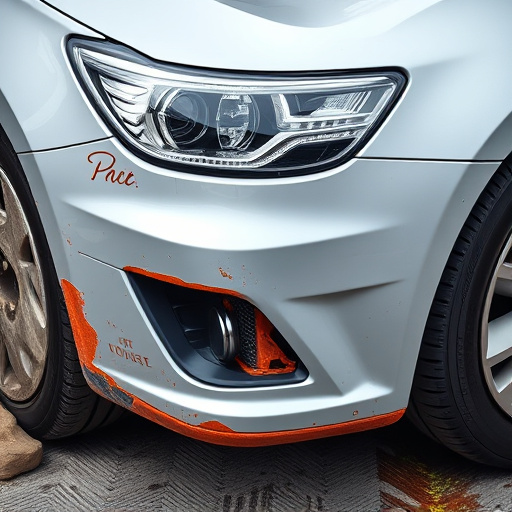
When carrying out a Tesla major structural repair, high-strength steel (HSS) techniques play a pivotal role in ensuring both the safety and integrity of the vehicle’s frame. The process begins with a thorough inspection to identify all collision damage, ranging from cracked panels to misaligned frames. Once all damages are accurately assessed, the auto collision center can begin disassembling the affected areas, carefully separating components for detailed examination.
Using specialized tools, technicians precisely cut and shape HSS panels to match the original factory specifications. These high-tech materials allow for precise repairs while maintaining the structural integrity of the vehicle. Each panel is meticulously fitted and welded back into place, following a step-by-step guide that ensures alignment and strength. Throughout this collision damage repair process, advanced techniques are employed to match the Tesla’s unique design and engineering standards, ultimately transforming a damaged vehicle into a like-new condition through top-tier auto repair services.
Tesla major structural repairs, once a complex challenge, are now revolutionized by high-strength steel (HSS) techniques. By adopting these advanced methods, automotive professionals can efficiently restore vehicle integrity and safety, ensuring drivers experience enhanced performance and peace of mind on the road. This innovative approach to Tesla major structural repair is a game-changer, redefining industry standards with its precision, durability, and long-lasting effects.
